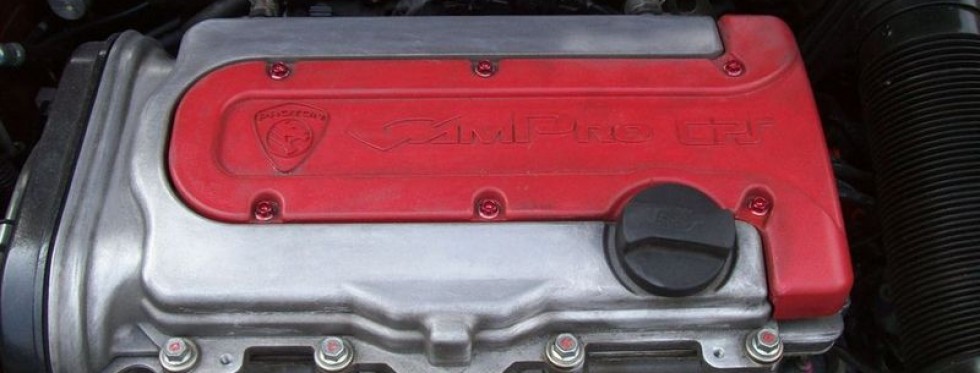It is hard to write down the results of the test on the road. It is hard because I have been very ecstatic about the results. It has been two days of consecutive tests. Repetitive results would provide an assurance that the reading was not a fluke. And that is exactly what has happened. The first day and second day results were the same.
Testing method was by observing the onboard Fuel Consumption meter, having the car maintaining 80km/h speed. Location of tests were two; from Putrajaya to LDP Toll on my drive to work and from USJ exit to
Putrajaya Toll on the Elite Highway. After two consecutive days, we can safely say that both readings were the same.
Toll on the Elite Highway. After two consecutive days, we can safely say that both readings were the same.
Putrajaya to LDP: 4.0l/100km
USJ to Putrajaya: 3.5l/100km
I use two different route as my daily travel plan on weekdays. Therefore the test would provide me estimates on the effect of the modification towards my daily travel costs. The second day of tests, I had become impatient on the way I should do these tests. So on the return trip. I did two separate tests; one at 70km/h and the other at 80km/h. I had video taken to show that the consumption was 3.3l/100km when driven at 70. Which is even more fuel savings.
Some friends were concerned about the fuel savings on actual performance. I cannot say if there was any negative performance effect as I wanted to do this mod for Economy and not to increase power. But I must say that the question has intrigued me. I look forward to making my own video stand to clamp on the seat headrest. This will provide datalogging capabilities.
Debunking Myths
Some people I know do not want to take the reading seriously as many doubt the accuracy of the onboard computer. Some would want me to do the ‘Fill up full at the Tank’ method. When we take measurements, we need to reduce variance as much as possible to get closer to the truth. Setting the datum at the petrol kiosk has several fundamental problems.
a) How do you know that you are actually filling up to the full? An empty petrol tank can only be found on a car that is not running. A partial tank in reserve can contain 5 litres or less. How much less? We cannot possibly know.
b) When you fill up to the max, there’s two problems one is engineering wise and the other is behavioral
i) You can never know whether a pump has delivered the correct amount of fuel you require by measuring at the fuel tank scale. The scale of the meter is huge compared to the resolution we are trying to find out.
ii) If you are driving on full tank, then you think that this is just a game. Someone who drives will a full tank all day is bringing with him weight that he does not need. Carry only what you need.
They probably need to know how the FC reading works. Its is pretty much simple. The ECU controls the triggers to the fuel injectors. All it needs is to count how many firing of the injectors were done since the event of the reset button press. It multiplies the number of firings against the number of injectors, multiplies it against the flow capacity of the injectors and take the trip meter reading since button press. The trip meter or distance measured is based on a magnetic pickup on the driven wheel which is fed directly to the ECU.
If you limit the use of the FC reading to measuring at constant speed and relatively short distance, then it is good enough.
